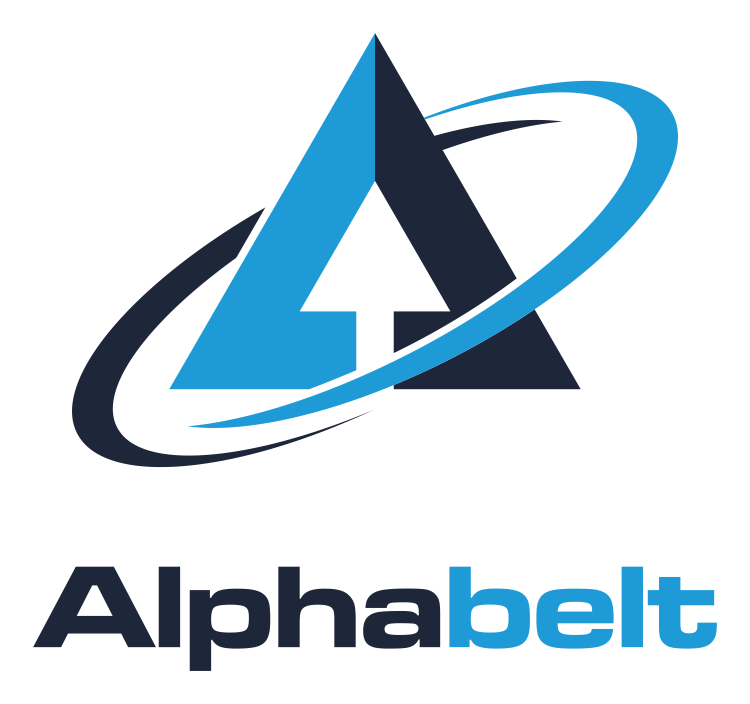Timing Belts
The classical timing belt is the basic belt that serves as base for the subsequent refinement. Here, the two materials polyurethane and neoprene have proved particularly successful. Timing belts are differentiated according to the method of manufacture:
PU open-end / welded belts
PU sleeve timing belts
This type of timing belt is manufactured endless, i.e. without a joint. Potential weak points are thus eliminated. It is manufactured by casting in a mold. After the tension cords have been wound onto a mold core, the mold is closed and the molten polyurethane is pressed into it. For each tooth profile, pitch and length, a separate mold is required. The desired belt width can be cut from the finished timing belt roll as required.
PU flex timing belts
Flex belts also provide the advantage of a closed tension cord. During manufacture, the tension cord is wound onto two forming wheels, whose spacing is adjusted according to the required length of the timing belt. The polyurethane is then extruded all around the tension cords.
Neoprene timing belts
Neoprene timing belts are held in stock in numerous variants, both as open-end belts, which we cut to the required length, and as a roll, which can be individually adjusted in width.

FoodGuard FDA
Alphabelt FoodGuard belts have been specially developed for the food industry and are of course available with FDA approval for direct contact with food. Both the materials used here and the entire belt design are precisely tailored to the needs of the food industry. Due to their completely homogeneous construction without seams, FoodGuard belts are particularly hygienic and offer no points of attack for contamination.




